KEPCO CEO plans ‘global energy belt’
Launch of overseas plant puts state-run power supplier rosy future
By Korea HeraldPublished : May 3, 2015 - 19:50
AMMAN ― Korea Electric Power Corp. CEO Cho Hwan-eik declared the creation of a “global energy cooperation belt” last week, pledging to foster the state-controlled firm as a world-class power supplier and power plant designer in the coming years.
“We could start from the Americas, and then move on to Africa and the Middle East, to go all the way back to Asia. KEPCO will take the lead and relevant Korean companies could join us in this overseas expansion,” Cho told reporters in the Jordanian capital of Amman, ahead of the opening ceremony of the Amman Asia Power Plant.
For the Americas, KEPCO has recently signed a memorandum of understanding with Power Stream, a leading Canadian power distributor interested in the Korean company’s smart grid technology. In Mexico, the company established a gas combined cycle power plant, making KEPCO a strong candidate for bidding there.
“We could start from the Americas, and then move on to Africa and the Middle East, to go all the way back to Asia. KEPCO will take the lead and relevant Korean companies could join us in this overseas expansion,” Cho told reporters in the Jordanian capital of Amman, ahead of the opening ceremony of the Amman Asia Power Plant.
For the Americas, KEPCO has recently signed a memorandum of understanding with Power Stream, a leading Canadian power distributor interested in the Korean company’s smart grid technology. In Mexico, the company established a gas combined cycle power plant, making KEPCO a strong candidate for bidding there.

For the Middle East, KEPCO has two power plants in Jordan. It has another in the United Arab Emirates and is constructing four nuclear power plant units there. The company is also renovating a coal-fired plant in Senegal, while seeking more opportunities in Saudi Arabia on atomic power generation and smart city technology design in Dubai.
In Southeast Asia, KEPCO has two power plants in Cebu, Philippines, and is rumored to be eyeing projects in Vietnam and elsewhere.
Cho also flew with President Park Geun-hye on her visits to Colombia, Chile, Peru and Brazil in April to sign seven MOUs with power generators in the respective countries on nuclear energy, smart grids, renewable energy and power distribution.
“KEPCO is among the top seeds when it comes to energy generation. Once you get there, people come to you, explain what they want and give you jobs before you join the bidding,” Cho said.
“For instance, the Jordanian authorities thought Saudi Arabia and Japan were the only ones capable of building power plants but after witnessing the successful operation of the Amman Asia Power Plant and Al Qatrina Power Plant, they have built a long-term trust in us and are positive about future projects together,” Cho said.
There are only handful ― seven or eight ― outfits capable of competing with KEPCO’s grand plan, mostly from Japan and China, Cho said.
“Japan has been aggressively seeking opportunities recently and China has its pricing advantages. In nuclear power plants, France, Spain and Russia are also competitive but I think we really have a chance because Japan still has the Fukushima risk and China will have to build trust with potential clients,” he said.
Cho, who previously served as vice industry minister and KOTRA CEO, said KEPCO has vigorously sought improvement through innovation.
“I compare technology to moustaches. When it is hidden inside the flesh, it doesn’t show how long it is. But when it penetrates the flesh and is revealed, you have to shave it every day because it shows too well. Technology is the same. You save it, but once it sprouts, you see it growing in a blink of an eye and have to tend to it every day,” Cho said.
“Electricity has met with new breeds of technology including the Internet of Things, drones, and others. Our smart grid ― the digital technology that allows two-way communication between a utility and its customers, and the sensing along the transmission lines ― as well as others have shown that we are capable of stepping out into the future and cementing our status worldwide,” he added.
By Bae Ji-sook, Korea Herald correspondent (baejisook@heraldcorp.com)
-
Articles by Korea Herald


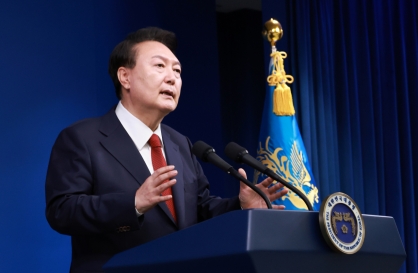


![[K-pop’s dilemma] Can K-pop break free from ‘fandom’ model?](http://res.heraldm.com/phpwas/restmb_idxmake.php?idx=644&simg=/content/image/2024/05/09/20240509050541_0.jpg&u=20240509173751)
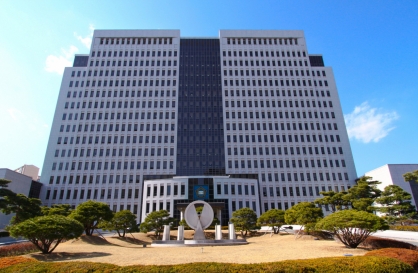


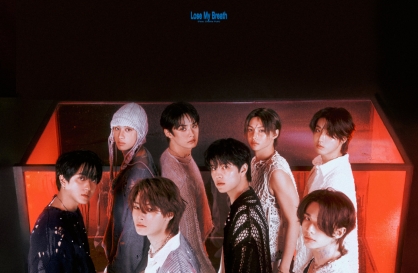
![[News Analysis] Yoon's first 2 years marked by intense confrontations, lack of leadership](http://res.heraldm.com/phpwas/restmb_idxmake.php?idx=644&simg=/content/image/2024/05/09/20240509050612_0.jpg&u=20240509233252)
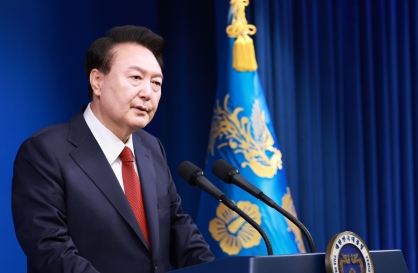



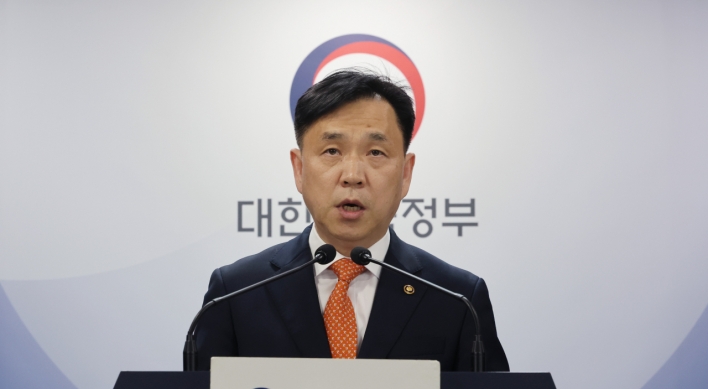


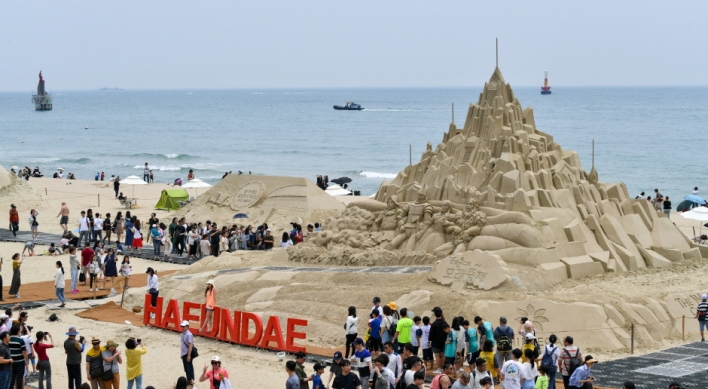
![[Today’s K-pop] NCT’s Mark to drop 1st solo album in February 2025](http://res.heraldm.com/phpwas/restmb_idxmake.php?idx=642&simg=/content/image/2024/05/10/20240510050597_0.jpg&u=)